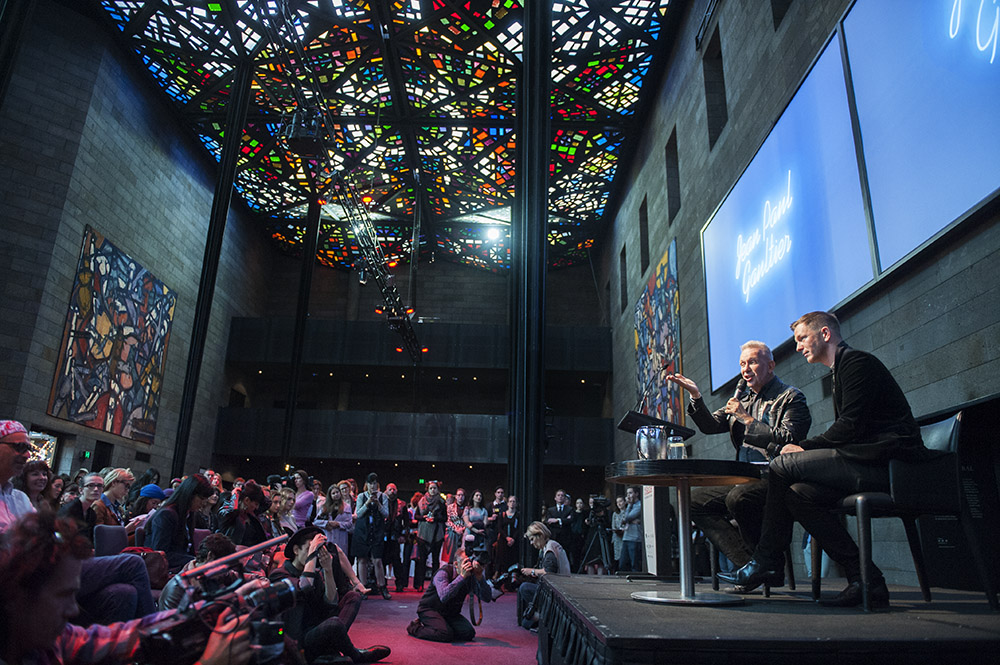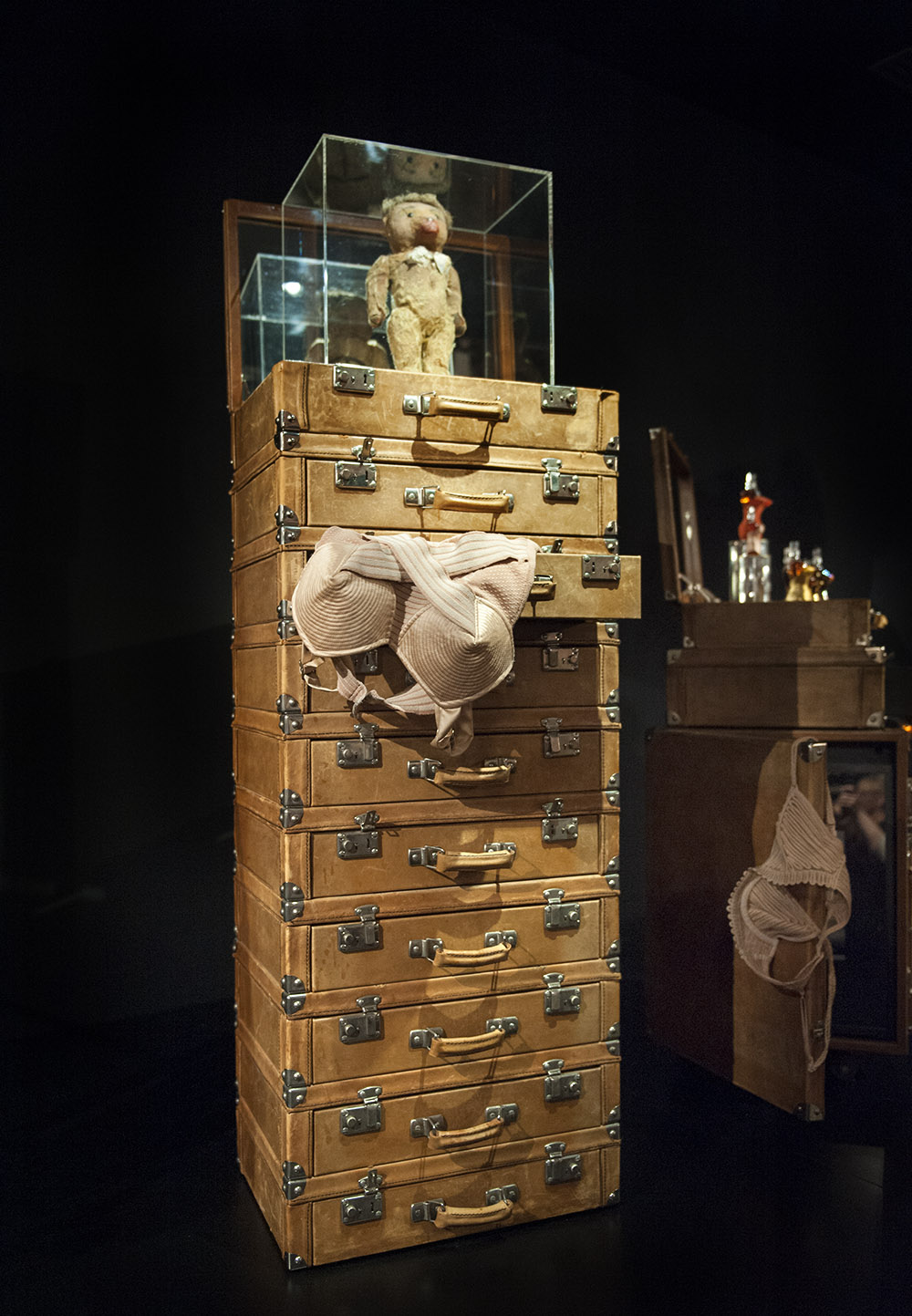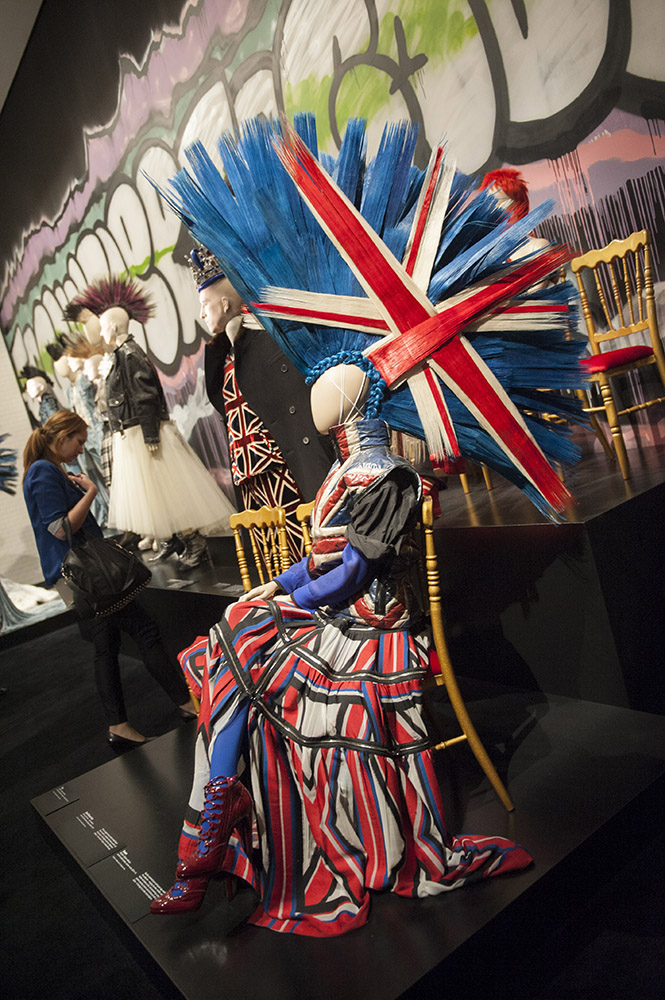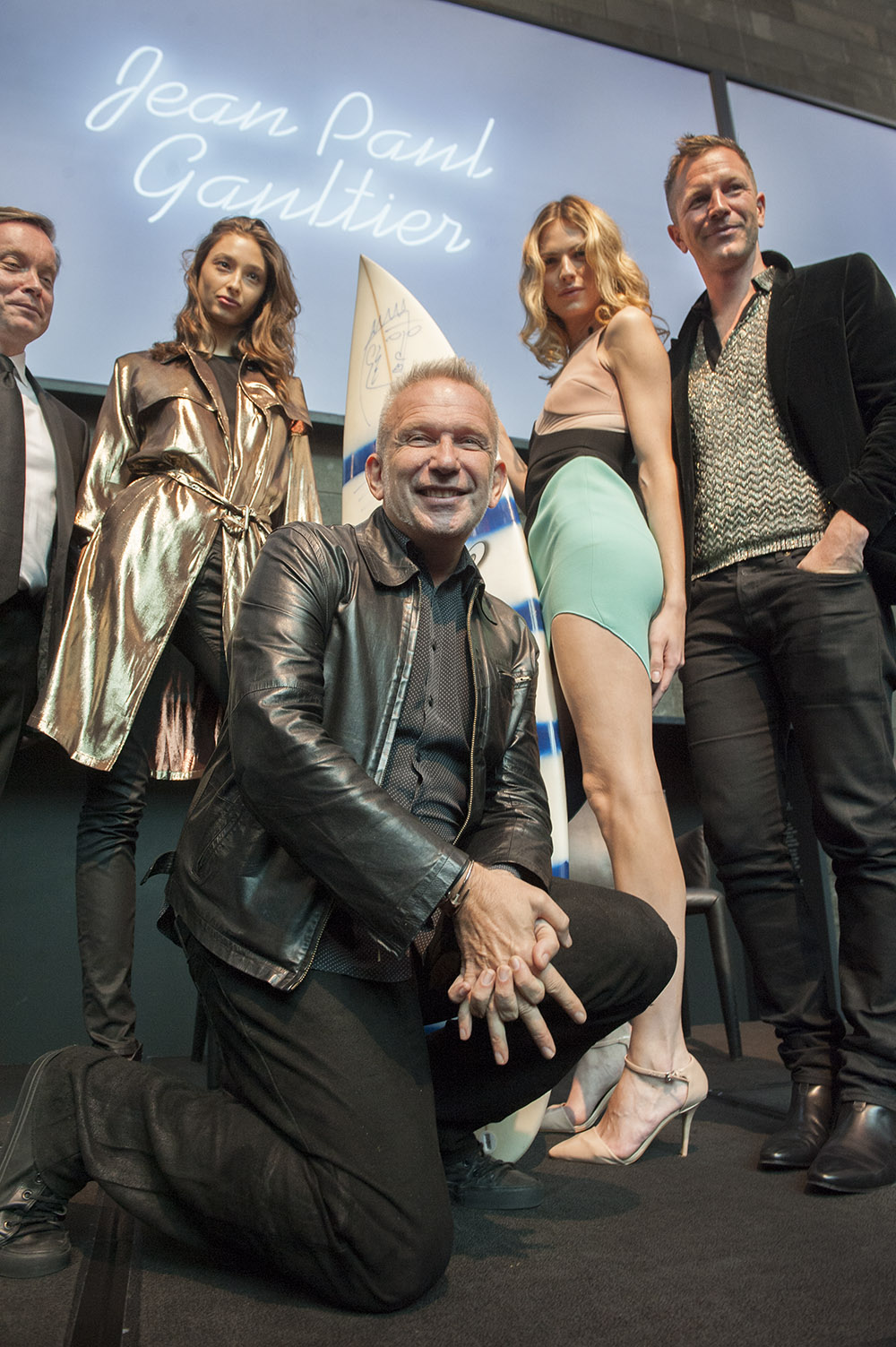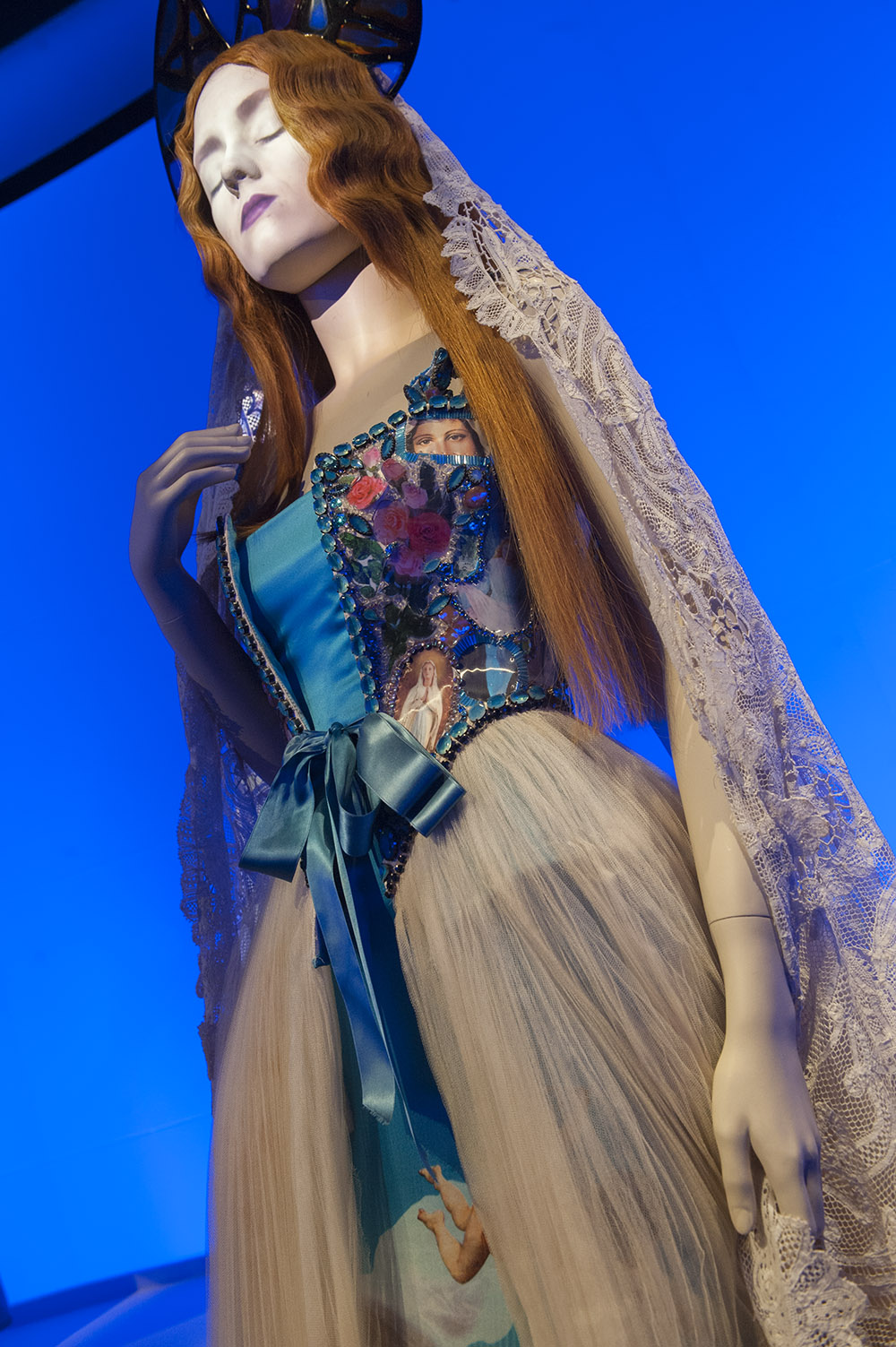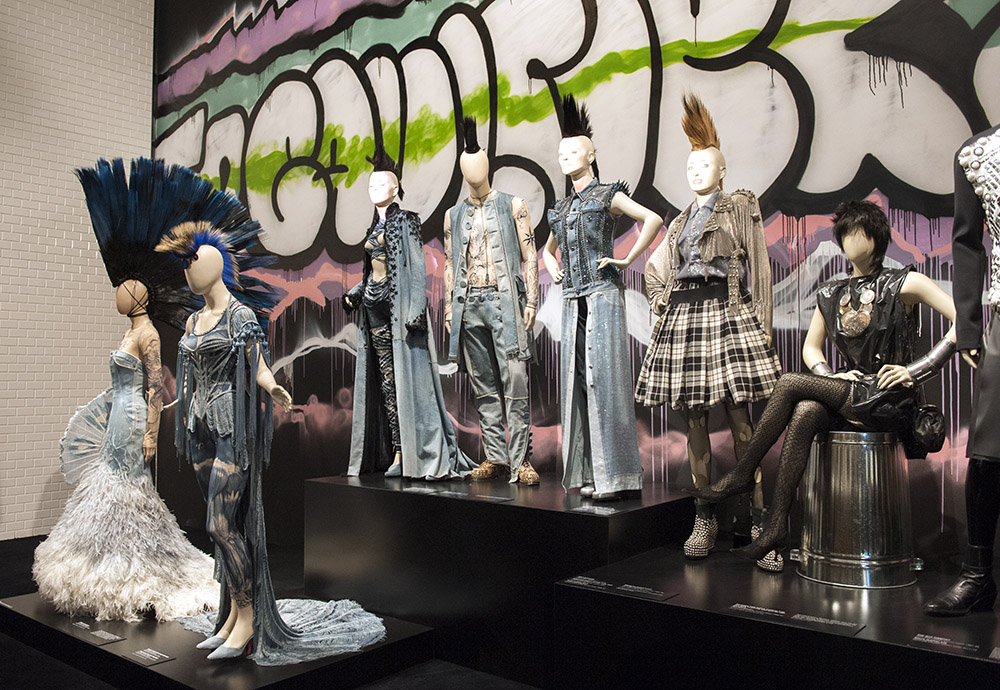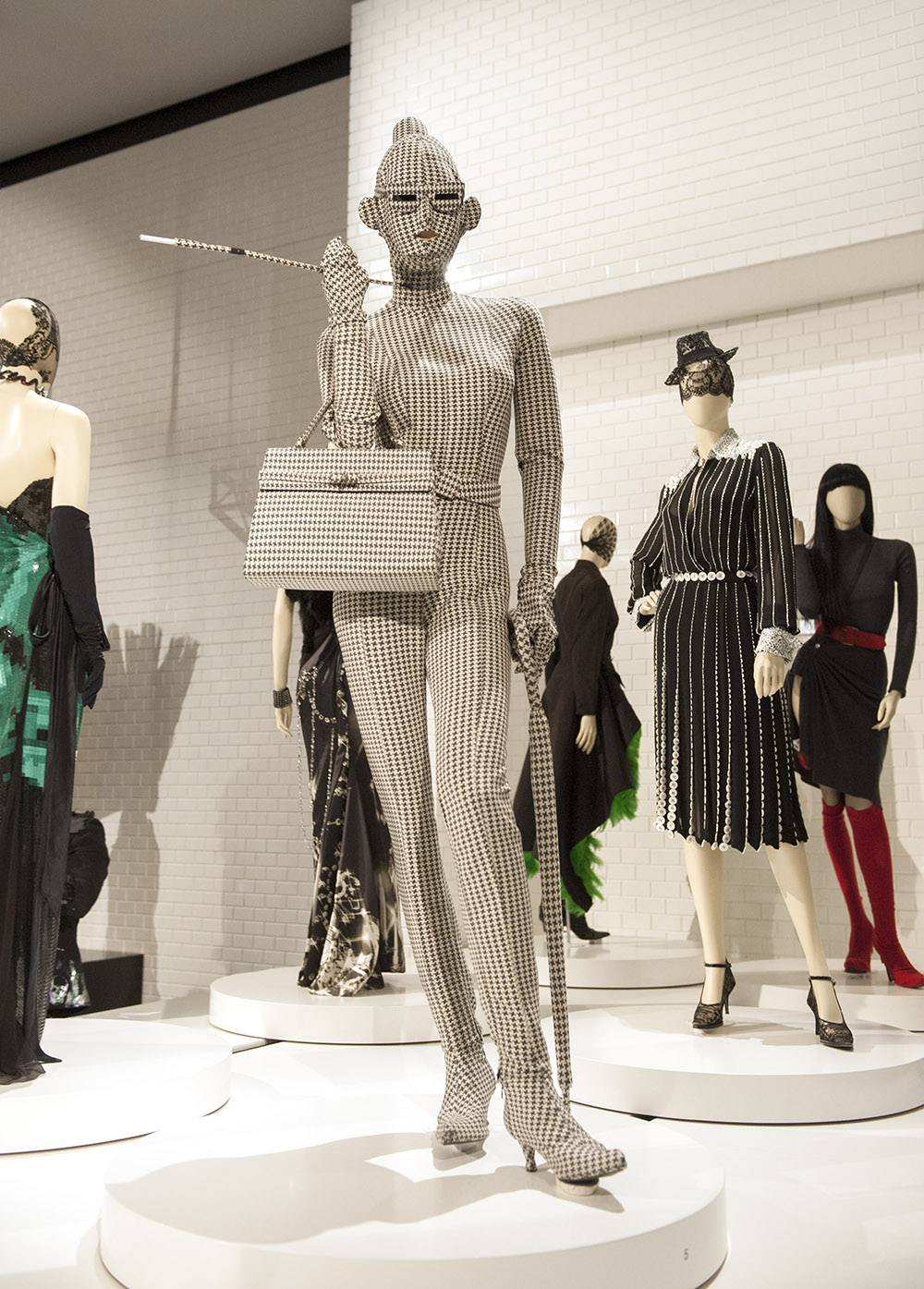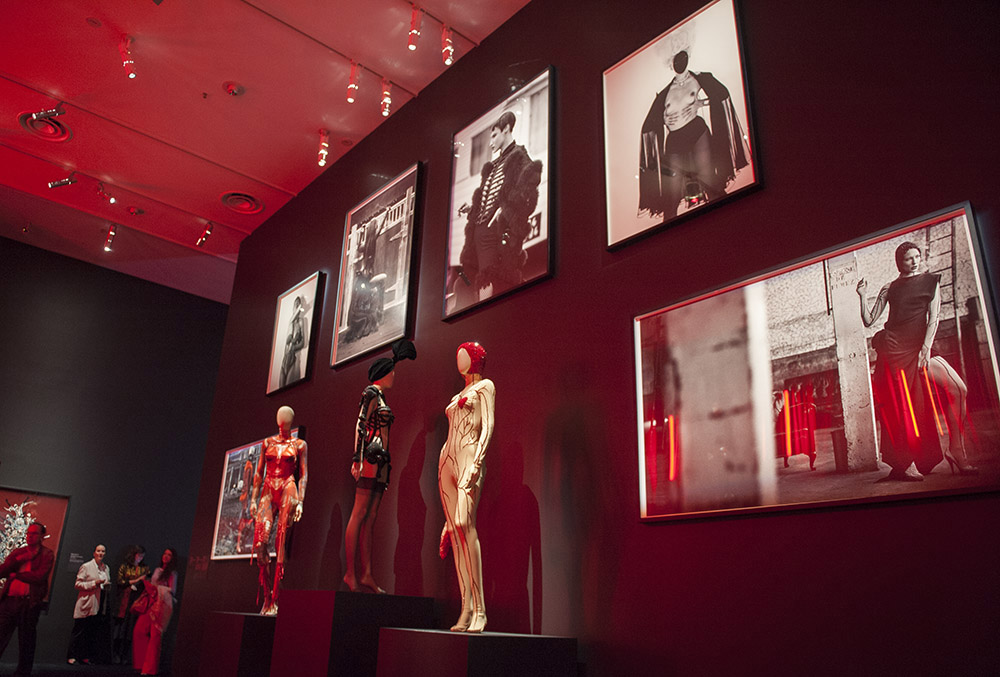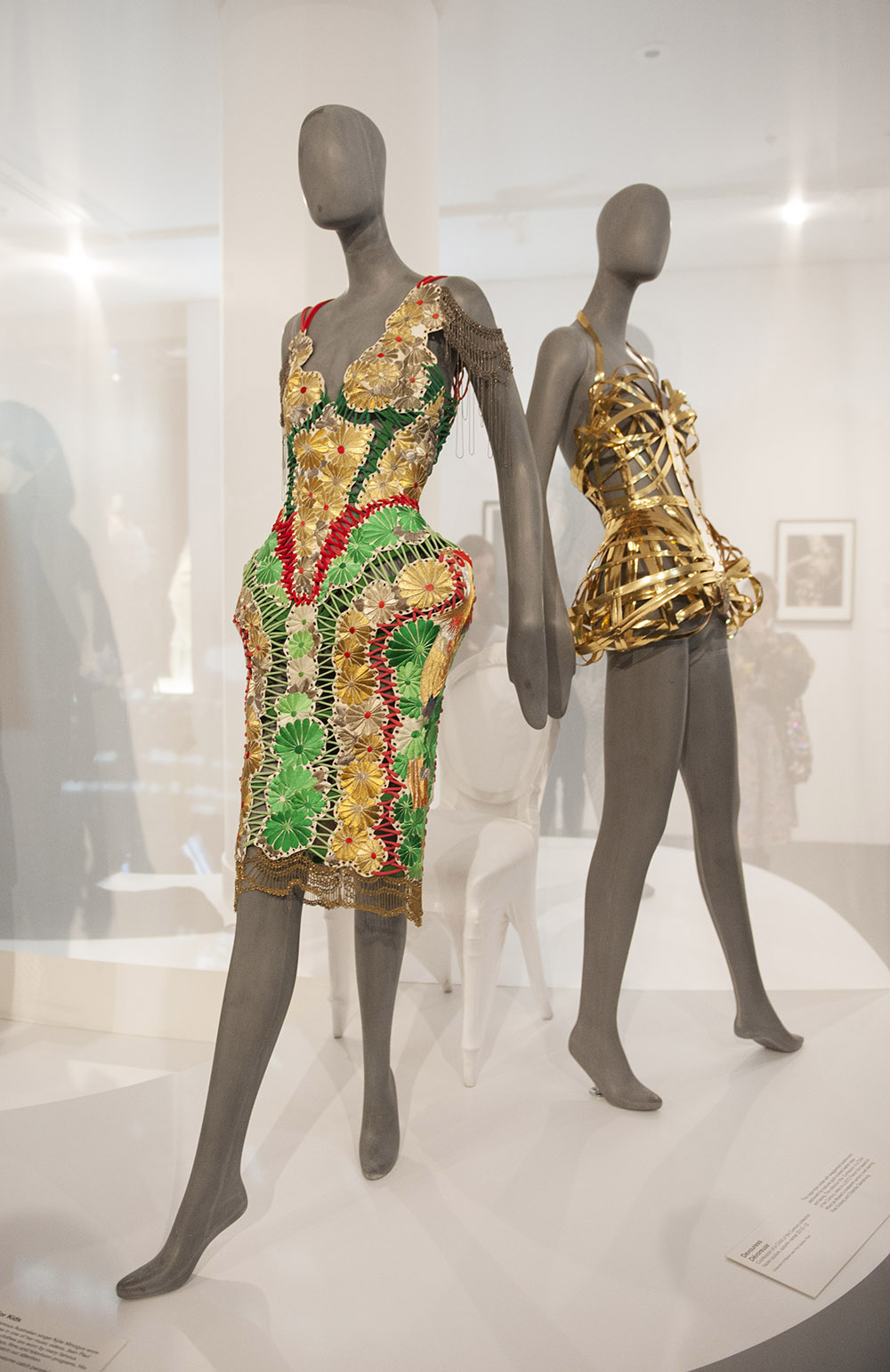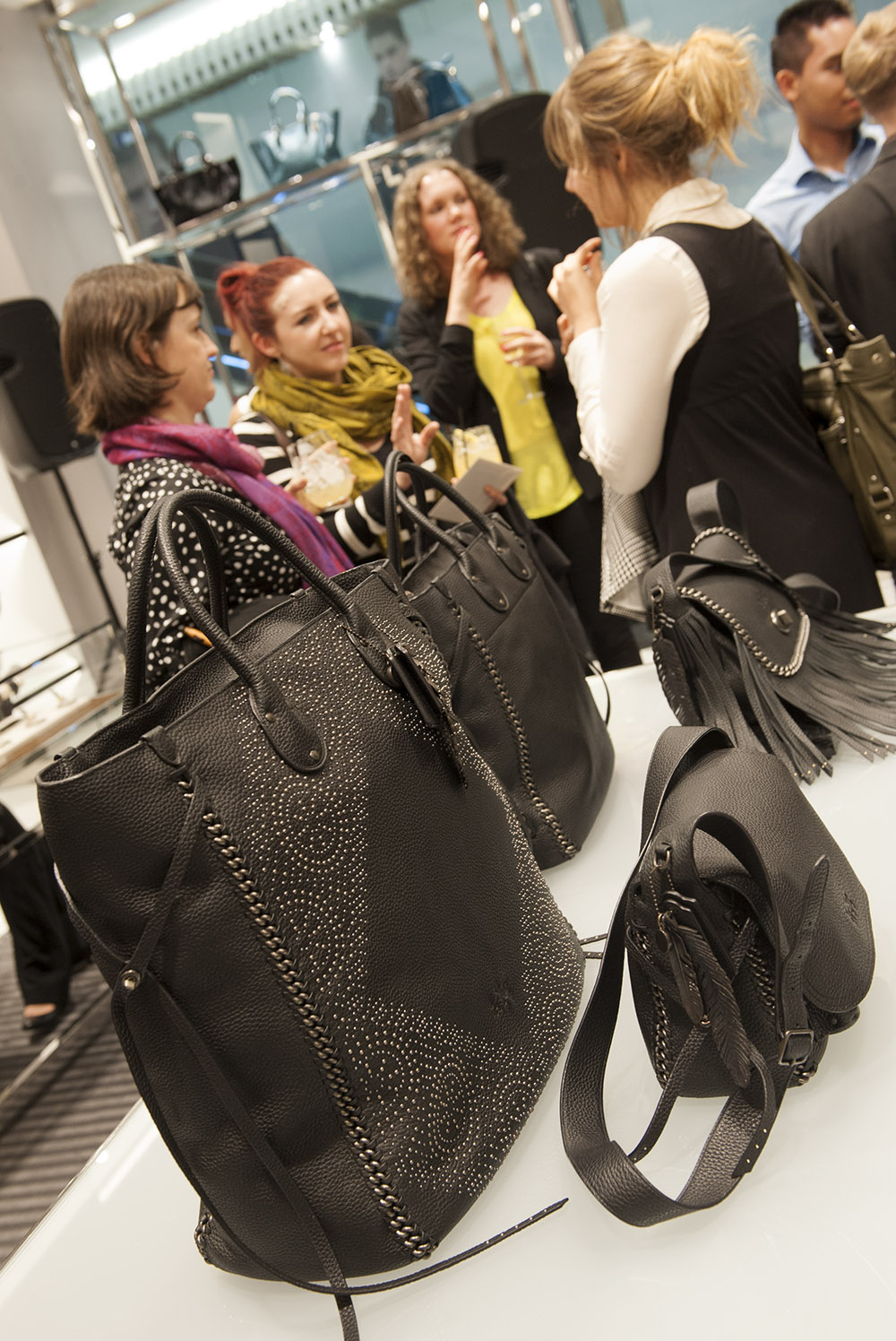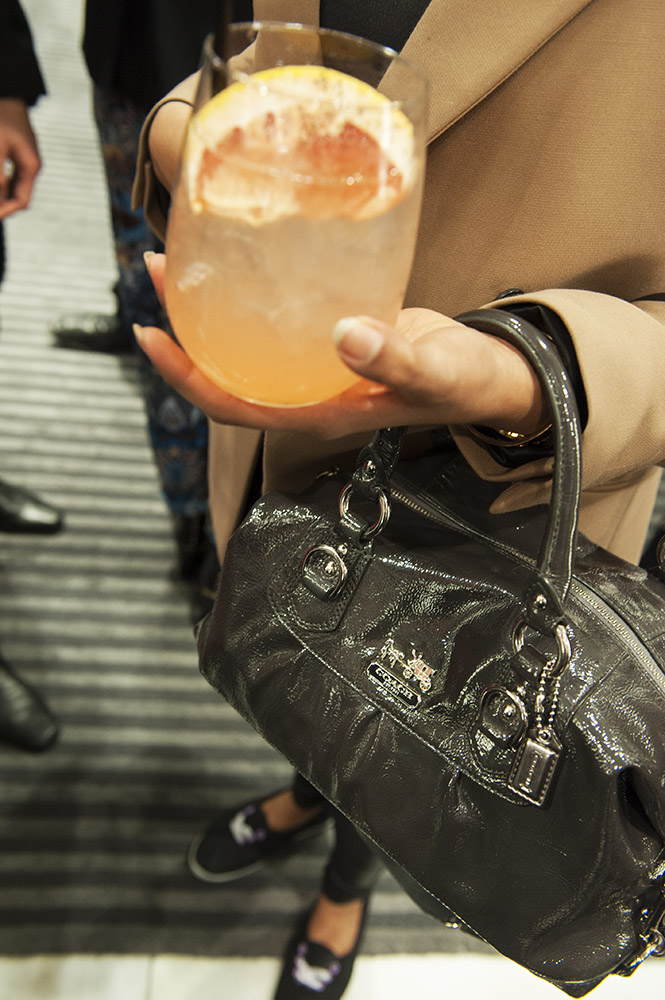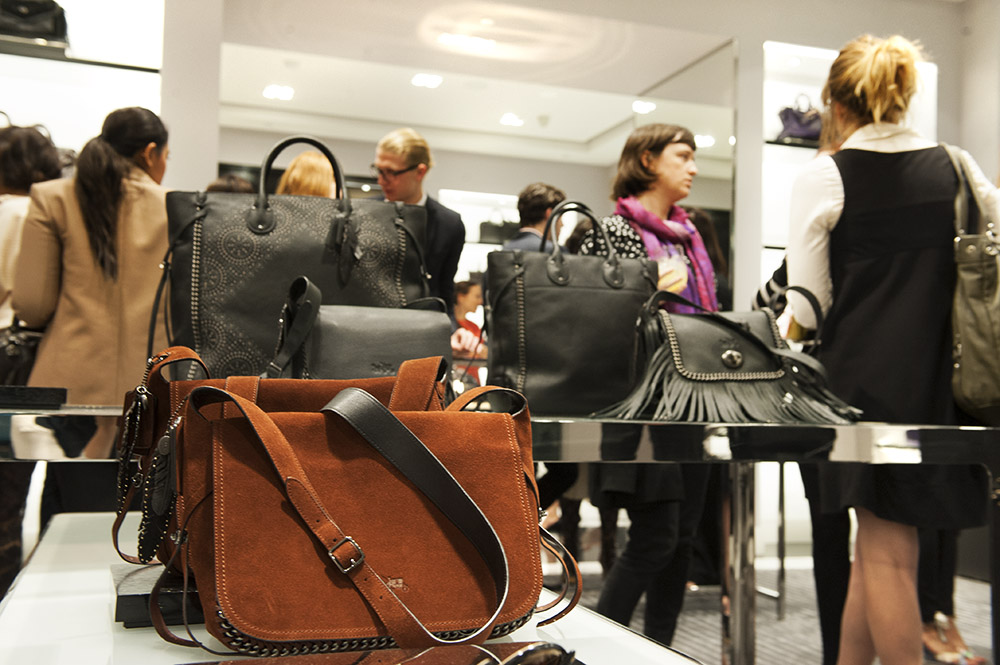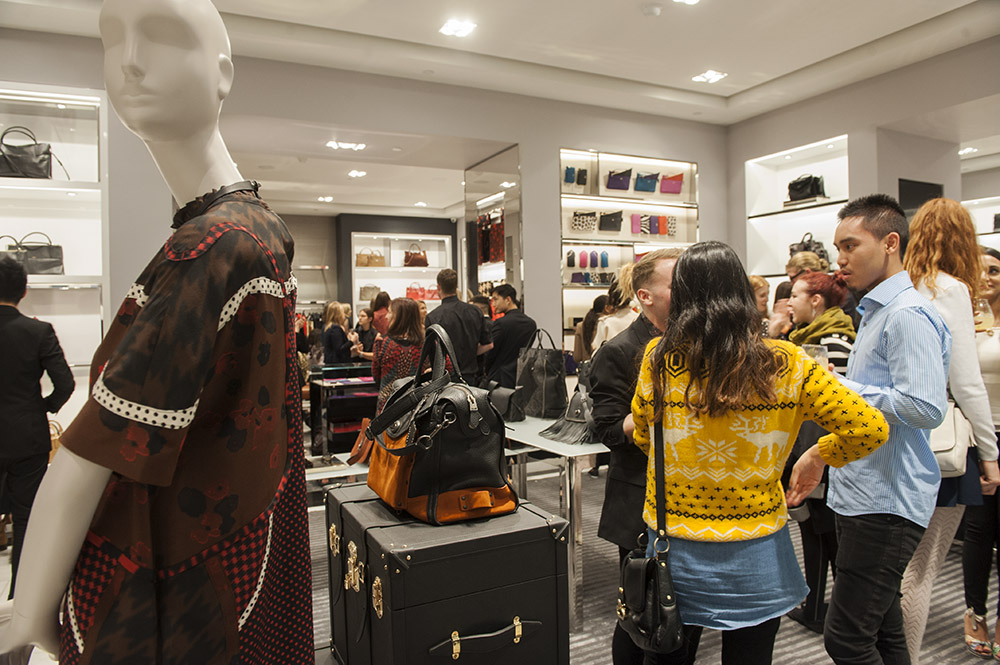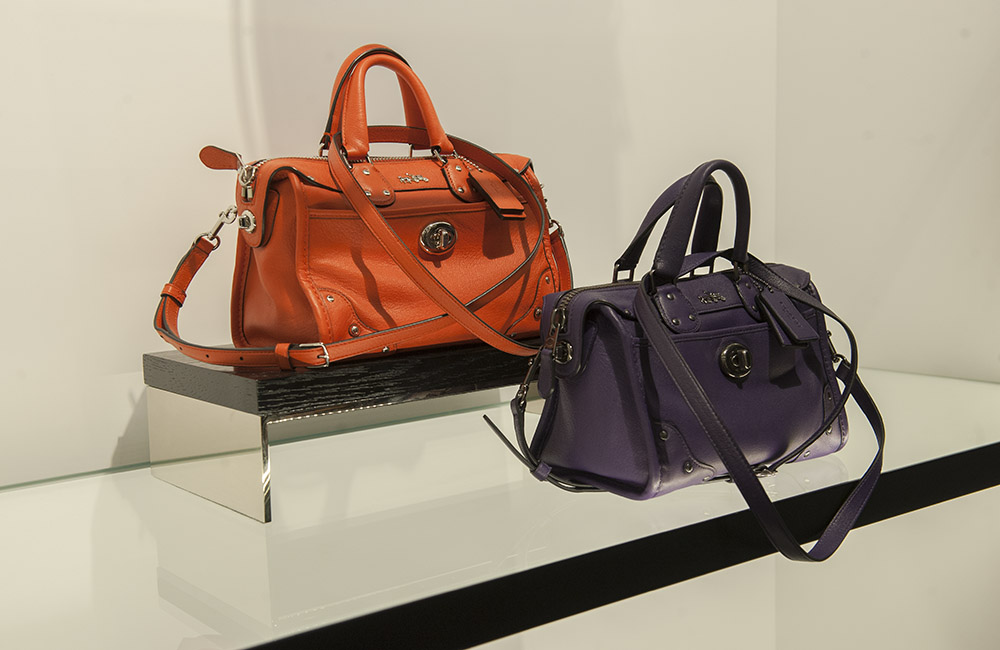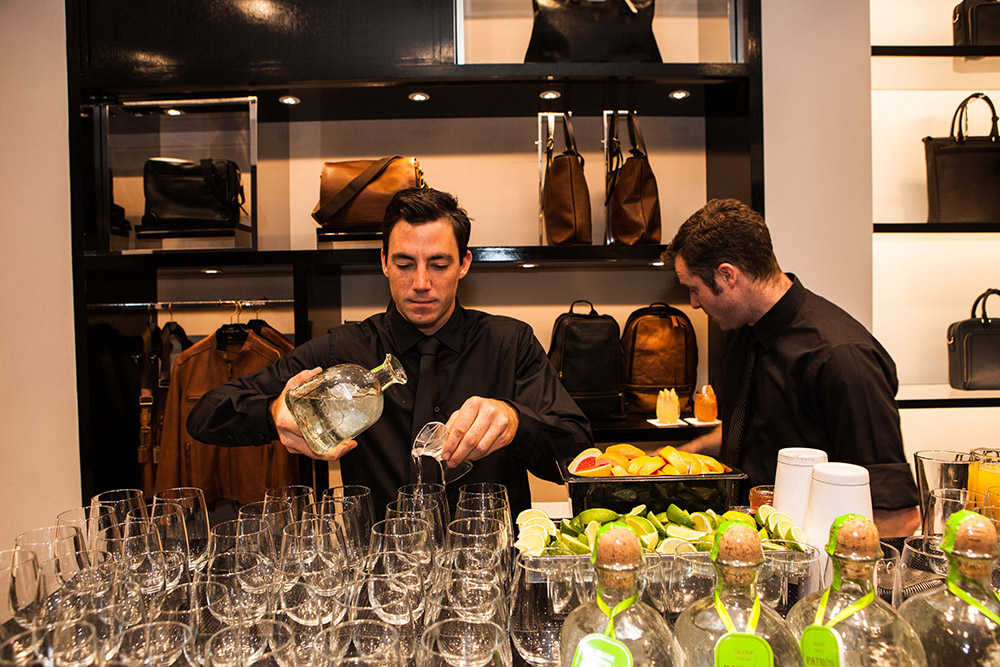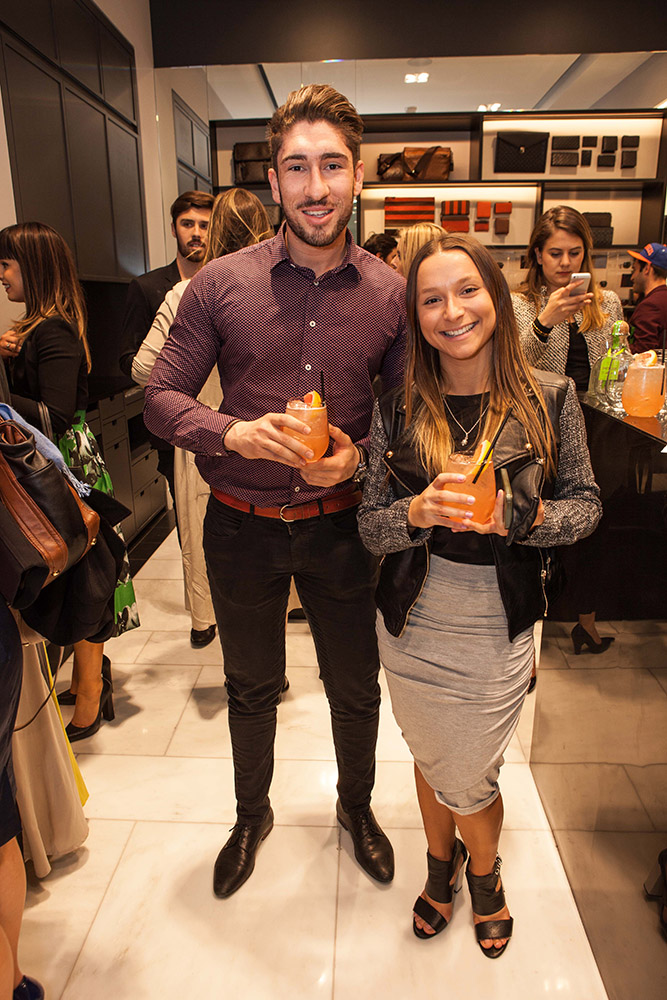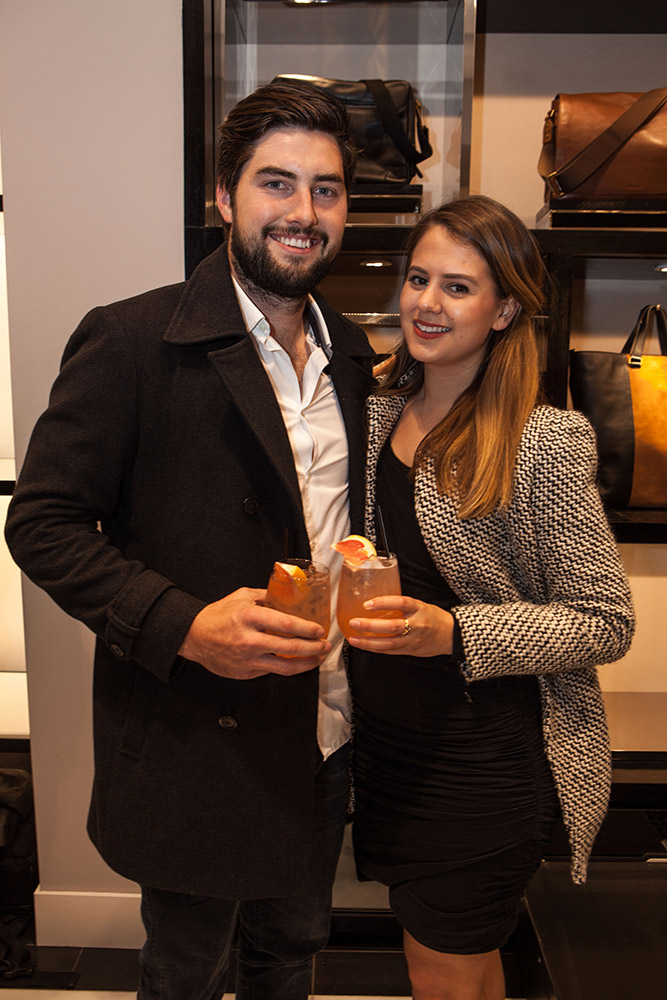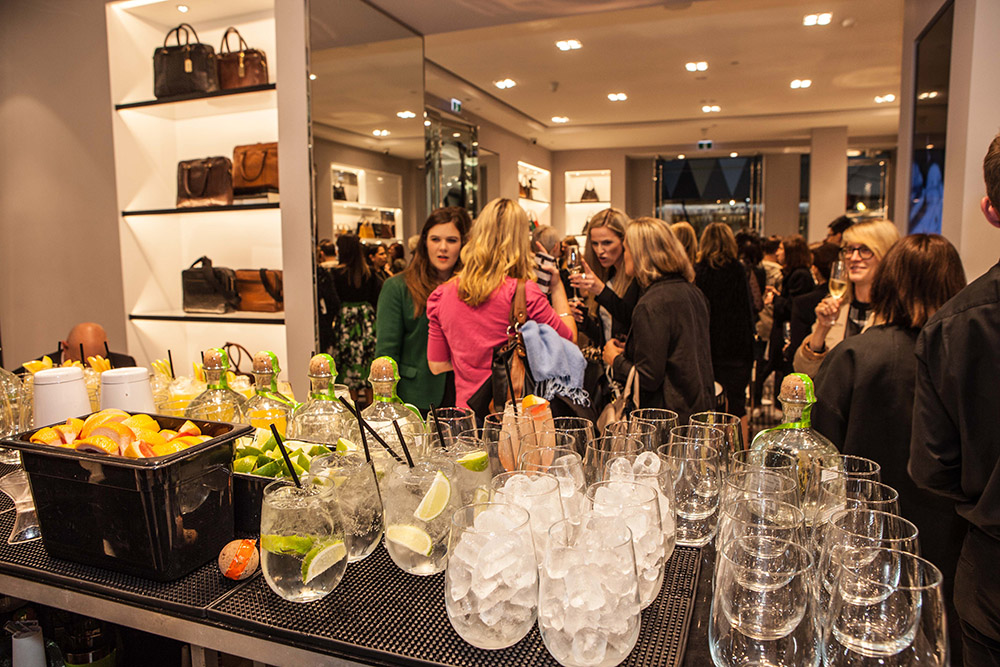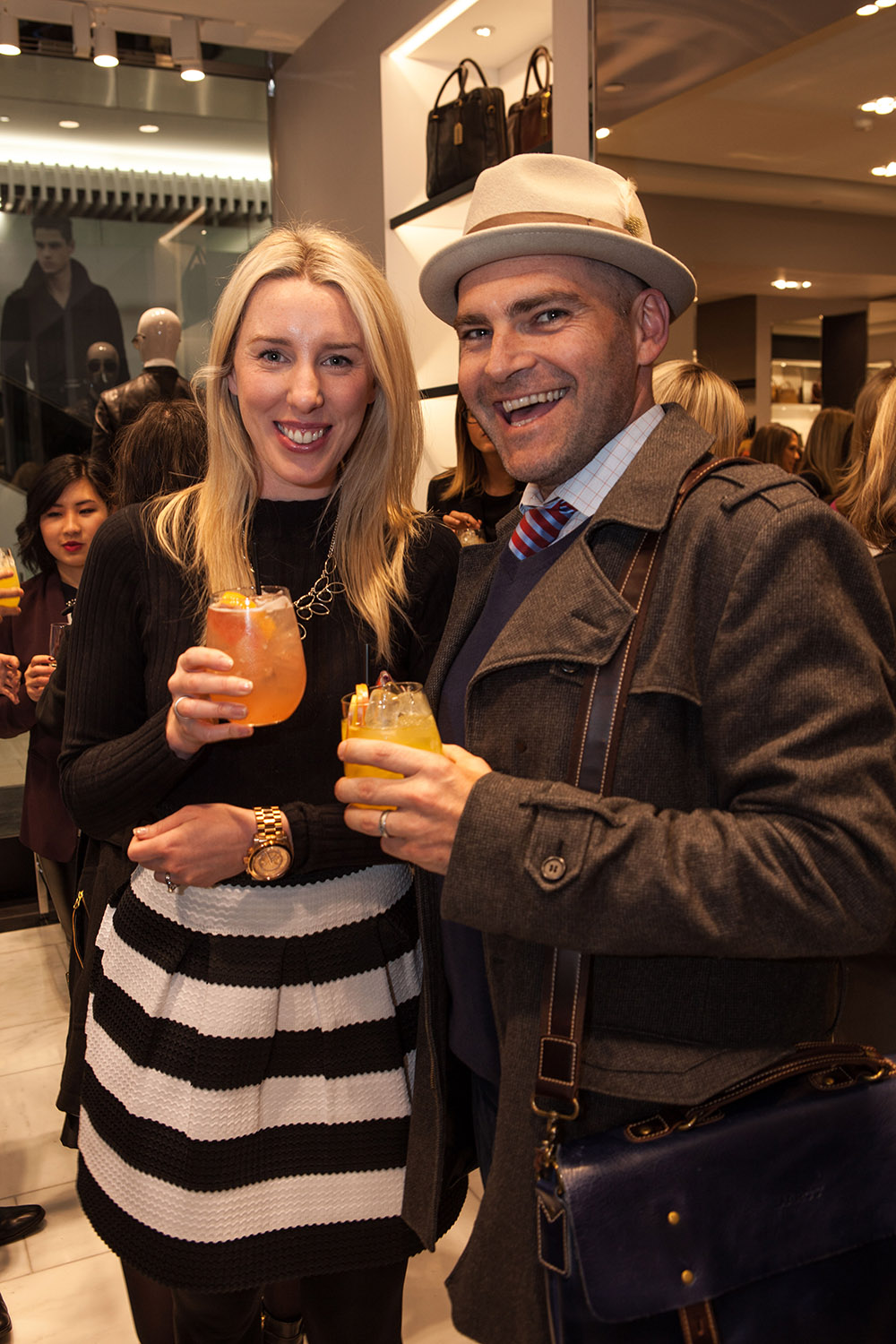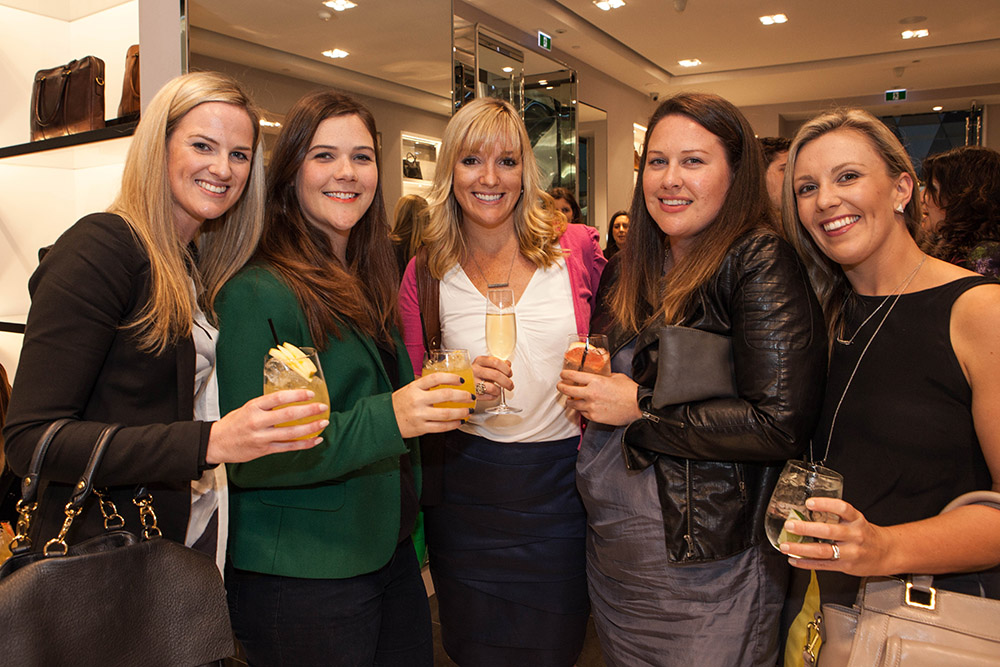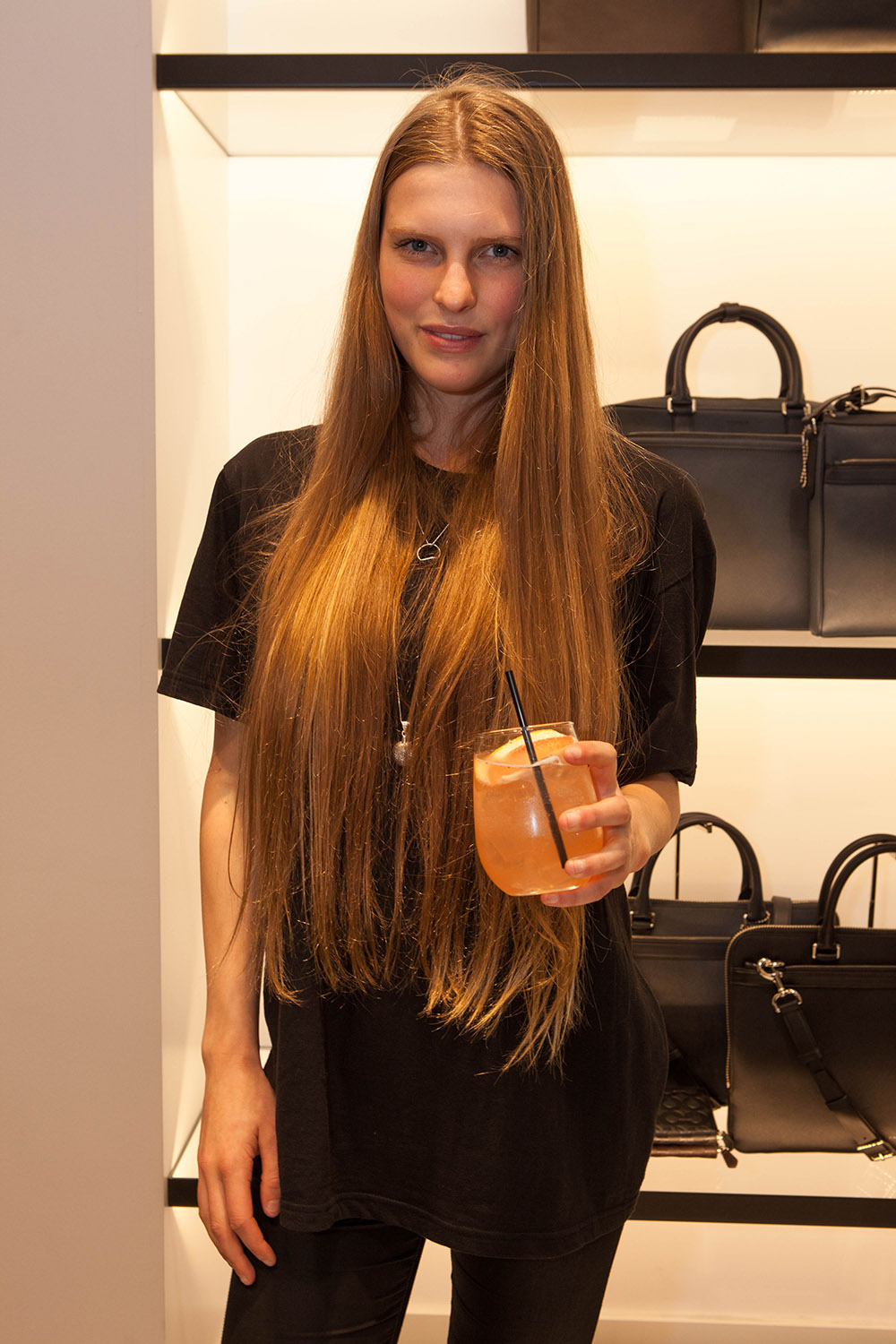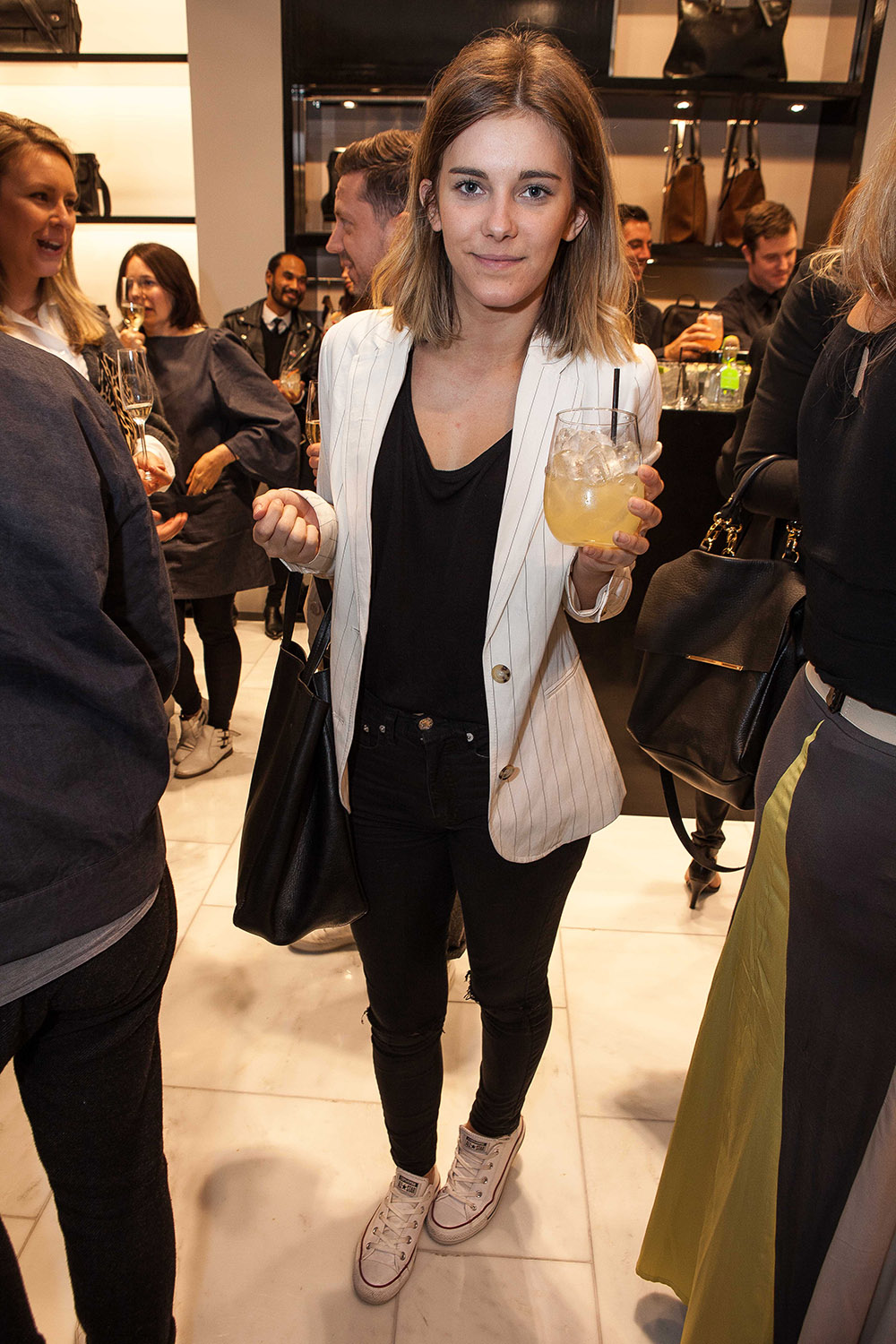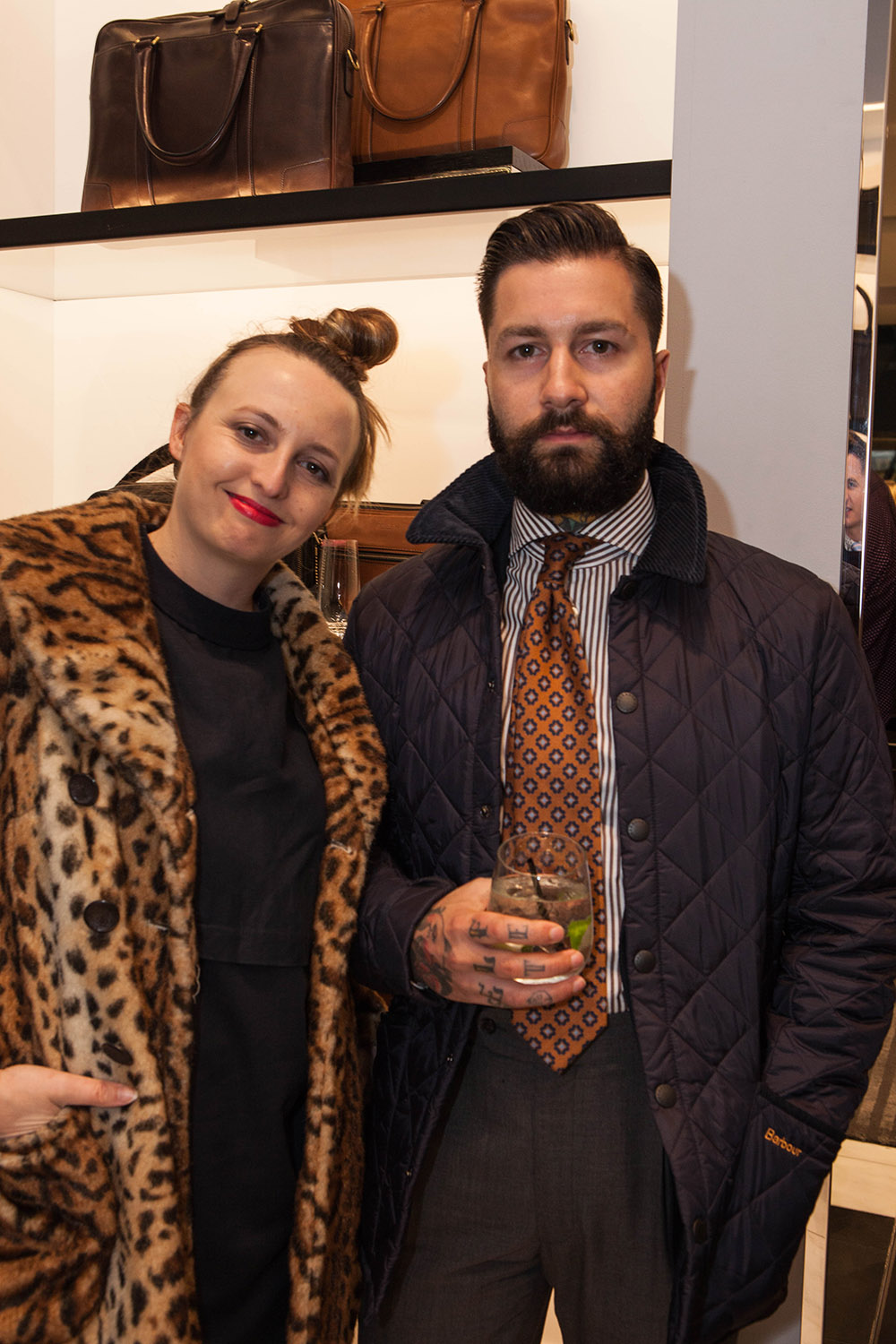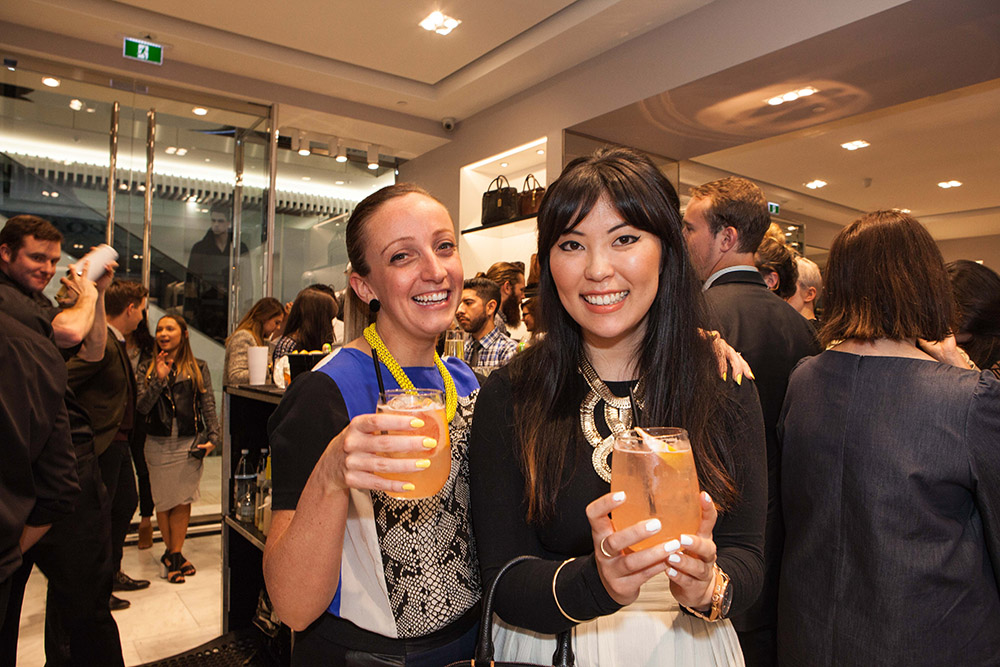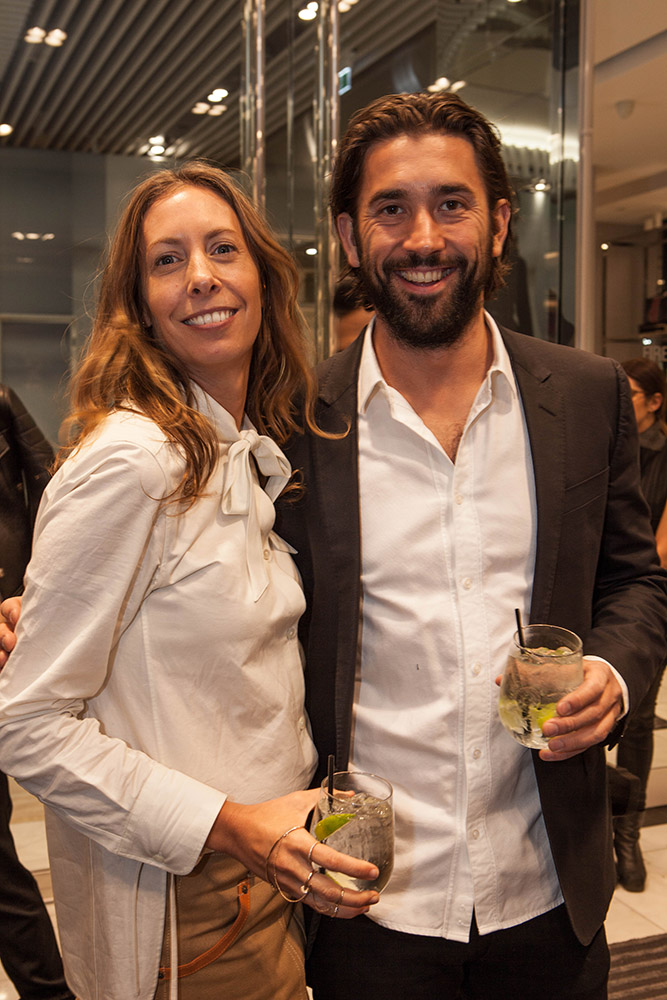The Event: Exhibition opening of The Fashion World of Jean Paul Gaultier
This week, Jean Paul Gaultier’s childhood teddy arrived in Melbourne. The fashion designer’s first muse is one of the most touching and personal displays in the blockbusting exhibition ‘Jean Paul Gaultier: From the Sidewalk to the Catwalk’, which opened at the National Gallery of Victoria on Friday.
The show’s curator, Thierry-Maxime Loriot from Montreal’s Museum of Fine Arts, hosted the media preview for the exhibition on Thursday morning and Makers of Melbourne were invited along to listen to Jean Paul talk about his career and inspirations, before getting a sneak peak at the multi faceted fashion retrospective.
As an only child raised in suburban Paris, Gaultier asked his parents for a doll, but feeling as though Barbie was inappropriate for a boy in the 1950s, his mother and father instead gave him the soft animal he called “Nana.”
Now tucked away safely in a glass display case, the ursine toy has been noticeably poked, prodded and coloured in. Her most obvious improvements, a customized cone bra, formed from paper and most certainly the prototype for one of Jean Paul’s most iconic creations, Madonna’s 1990 Blonde Ambition tour cone bra and corset, which was lovingly designed as a playful wink to his grandmother’s lingerie collection.
Once labeled the ‘enfant terrible’ of French fashion, it’s this witty irreverence that has become the designer’s trademark. Madonna’s corset – which sold for $52,000 in 2012 – also features in this stunning exhibition, along with pieces designed for Naomi Campbell, Beyonce, Kate Moss and one of Gaultier’s more recent muses, Melbourne born transgender supermodel Andreja Pejic, who made a surprise appearance on stage at the media preview.
Finding beauty in human diversity, Gaultier has championed the use of models of all ages, body types, ethnicity and gender on his catwalk throughout his career. “I was always shy, I always noticed difference. I always wanted to show that there’s more than one type of beauty.”
Thierry-Maxime Loriot: “There is a very strong social message in the work of Jean Paul. It was important for me to stage this exhibition because he really brought non-models onto the catwalk. It was always important for him to show different types of beauty, to show people different body shapes, different colours, different genders.”
Visitors have a rare opportunity to admire both Gaultier’s prêt a porter and couture work spanning his 38 year career, including a selection from his most recent (and final) ready to wear collection, staged in Paris just last month.
Gaultier: “You know, I am 62 years old. So, I am a dinosaur. I started working in couture at the age of 18 with Pierre Cardin, I have seen that work and a world that doesn’t exist anymore - The couture way. I have been in this business for 38 years and things have changed, now there is so much marketing, and when I think about it, I don’t have the freedom that I always had, so I think it’s better to quit ready to wear and to concentrate on couture, where I still have that sense of freedom.”
The Melbourne leg of Gaultier’s exhibition has been expanded from its previous international incarnations to include pieces from a crop of home grown muses – Oscar gowns for Nicole Kidman and Cate Blanchett and tour costumes for Kylie Minogue sit alongside design sketches, iconic fashion images and Gaultier designed movie costumes from films including ‘The 5th Element’.
Gaultier: “It [the exhibition] was a great opportunity for me to present my work, what I am doing. I must say that I love it, almost as much as I loved to create it. At the time that the team came to me and asked to make an exhibition, for me it was not good, it was like something for the dead people, like when I was little I would go to the museum and the clothes that I was seeing were from the time of Queen Victoria. But now I say, OK if this is my exhibition then I will happily be dead.”

